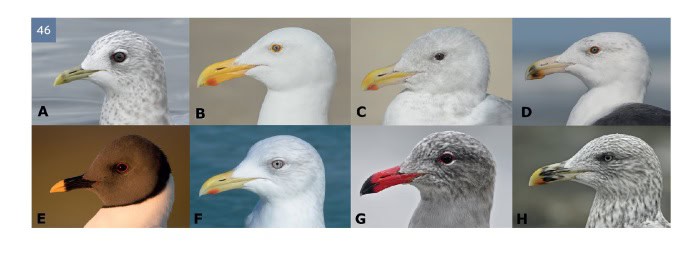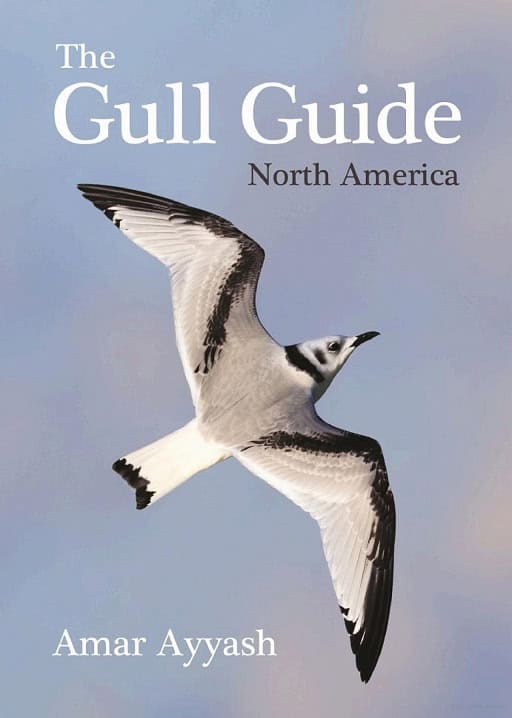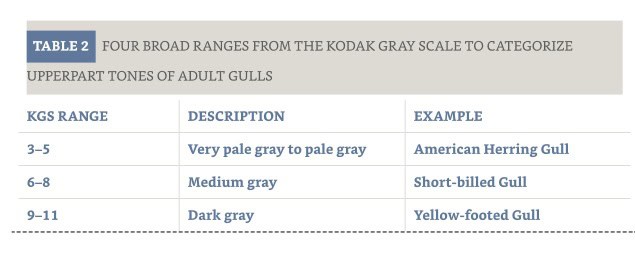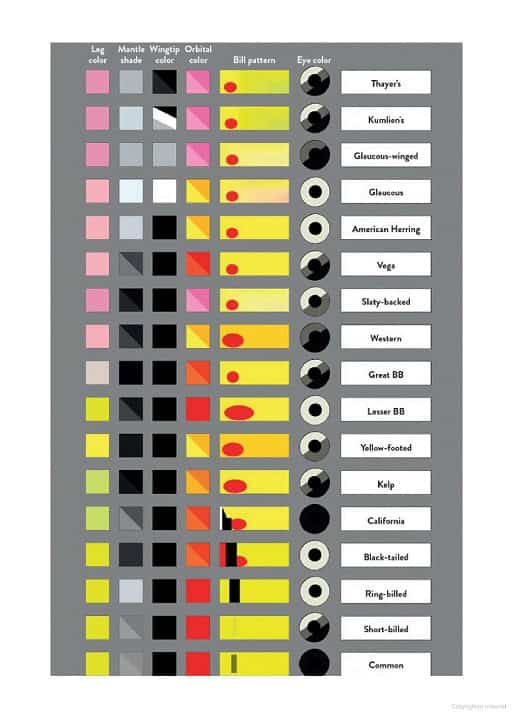
Gulls belong to the family Laredae, which includes terns, skimmers, noddies, and gulls. There are 51 species of gulls worldwide.
Seagulls
There is no such thing as a seagull, although many non-birders use this term to describe them. Although most gulls live near water, some live in the centre of North America, thousands of kilometres from any ocean. They can often be found in towns and cities, around restaurants and parking lots, eating scraps of food. There are a few pelagic gulls, such as Kittwkes, that can be found only on the coast or offshore. Although gulls can be found in most places, even very far from water, they are not found in jungles and mountains.
Migration
Many gulls in cold climates in Canada and Alaska migrate south for the winter. Others, such as the Yellow-footed Gull, are found only along the shores of the Sea of Cortez.
What They Eat
You name it; gulls will eat it. Most people think they eat fish and food scraps around restaurants. However, they will eat almost anything, including live and dead mammals.
The Book
The Gull Guide

Princeton The Gull Guide North America by Amar Ayyash 2024
What a great book! Gulls are among the most difficult to identify. Every serious North American birder should have this book.
With more than 500 pages, it is too heavy to carry in the field but is not meant to be a field guide. It is a book to keep in your home. If you have a photo of a gull that you cannot ID, you should be able to ID it when you get home with this book.
North American Species
This book details 32 species of North American Gulls, four sub-species, and seven commonly encountered hybrids.
Table one on page six lists all the gulls covered in this book. However, there is a better list in the Table of Contents, which also includes the hybrids and sub-species
Topography
Near the front of the book is a ten-page second that describes all the parts of a gull in great detail. It shows the names of all the feathers with pictures. Next, it describes the parts of the head that are not covered by feathers. Did you know that there are six words to describe the various parts of the bill? For example, the coloured spot on the bill of most gulls is called the “gonys spot”.
It also discusses the colour of their eyes (iris) and the orbital ring around the eye.

Most gullls are various shades of grey on the back. Have you ever wondered how to describe the colour? Table two divided the colours from very pale grey to jet black. For example, the Herring Gull falls in the first category of very pale to pale grey.
Age and Molt
Juvenile gulls look very different from adults, making identification difficult. Depending on the species, Gulls can take two to four years to gain their full adult plumage.
This chapter of the book describes the moulting process and which species take two, three or four years to reach adult plumage. It goes into great detail on how to identify juvenile gulls.
General Identification
There is a large section on general gull identification. Not specific to any one species but lots of good tips.

The section on identification includes this great chart. You can really narrow down the species using this. First, eliminate the species with the wrong leg colour. Then, determine the colour of the back and wing tips. Check the gonys spot. This is not the best feature to check as many are the same, but you might ID your gull if it is not one of the common ones. Lastly, check the eye colour. All gulls have a black iris, but this can be surrounded by various amounts of white, grey or all black. This is for the iris only and does not include the colour of the orbital eye ring, which can be various colours, including yellow, pink, red or some shades in between.
The Species Accounts
The above sections take up the first 56 pages of the book. The remainder is devoted to data about the individual species.
The book gives the following information for each species:
- The common and scientific name
- The length and width in both metric and imperial measurements.
- A range map
- A large section on identification
- Are there any hybrids of this species?
- Similar species
- information on juveniles and moulting
- Lots of photos
Each species has 20 to 30 photos showing the stages of life from first year to adult, as well as breeding and adult non-breeding plumage.
Hybrids
At the back of the book is an extensive section on hybrids. Hybrids are challenging to identify, and most field guides include little or no information about them. Check the hybrids section if your gull does not match any of the species in the book.
Conclusion
Gulls are some of the most challenging species to ID due to the complexity of the various stages of moulting. If you struggle with gull identification, as the majority of birders do, you should add this book to your library.
The Princeton Gull Guide is the most comprehensive book on identifying North American gulls.
This awesome book has an incredible amount of data. Unless you are one of the very view experts on gull identification, you need this book.
For Birdtripper Members only.
Birdtripper members get 30% off Princeton books. Click members to register.
(M) Write a review
You must be logged in to submit a review. Go to Members page to Log-in or Register